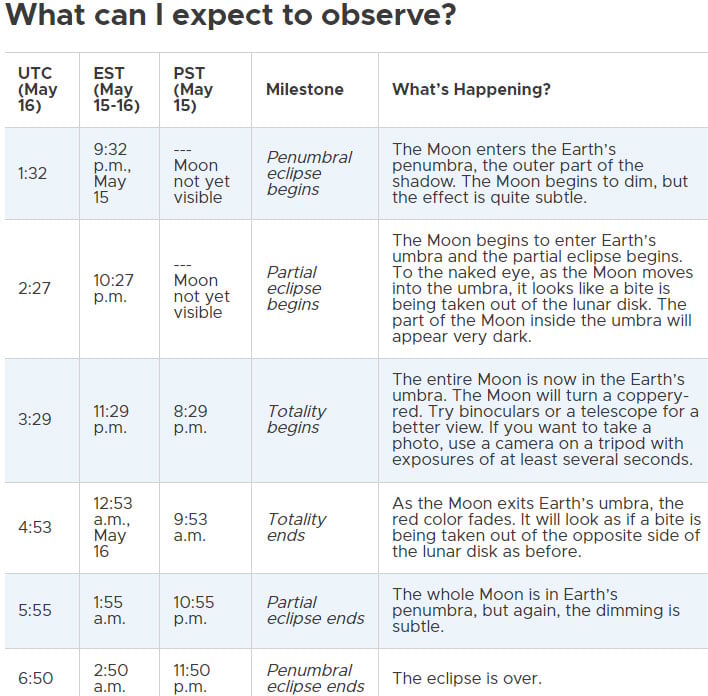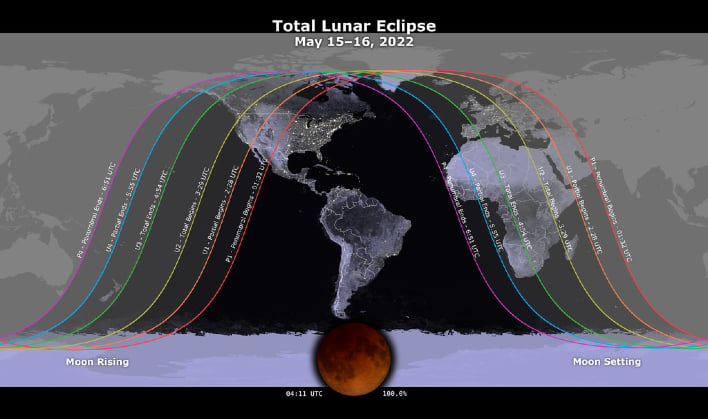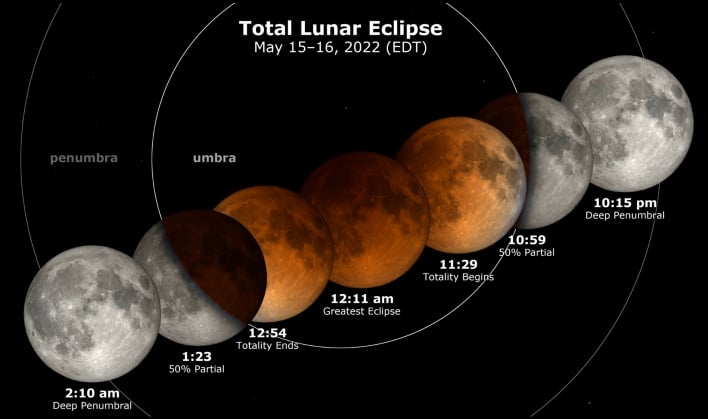Total Lunar Eclipse Will Soak The Night Sky In A Super Blood Moon, How To See It
If you are wanting to view the upcoming lunar eclipse, you do not need to worry about having to wear any special eyewear, as would be necessary during a solar eclipse. If possible, you should view the eclipse in a dark environment away from bright city lights. You do not need a pair of binoculars or a telescope to view the eclipse, but they can aid in enhancing the view and the reddish hue.
Most people will be able to simply step out into their backyard and look skyward in order to watch the eclipse, with a total eclipse being viewable for those in most of America, Europe, and Africa. That means there will be a potential viewing audience for the upcoming total eclipse of 2.7 billion people. Of course, for anyone wanting to gaze upon the Blood Moon that looms, your chance for optimal viewing will depend on how clear the night sky is, as cloud cover can diminish or block the view of the Moon itself.

Red light travels more directly through Earth's atmosphere. Therefore, when the Sun is overhead, blue light is scattered across the sky. However, when the Sun is setting, light from the glowing star must pass through more atmosphere and travel farther before becoming viewable to our eyes. This causes the blue light to scatter away, and longer wavelengths, such as red and orange light, to pass through.
The Moon turns red during a lunar eclipse due to the fact that the only sunlight reaching it passes through the Earth's atmosphere. The more dust or clouds in the Earth's atmosphere during an eclipse, the redder the Moon will seem to appear.
If you happen to be in a location where the weather is not in your favor for viewing the upcoming lunar eclipse, or are not in the viewing region, NASA will feature live streams of the eclipse from various locations across the United States.




